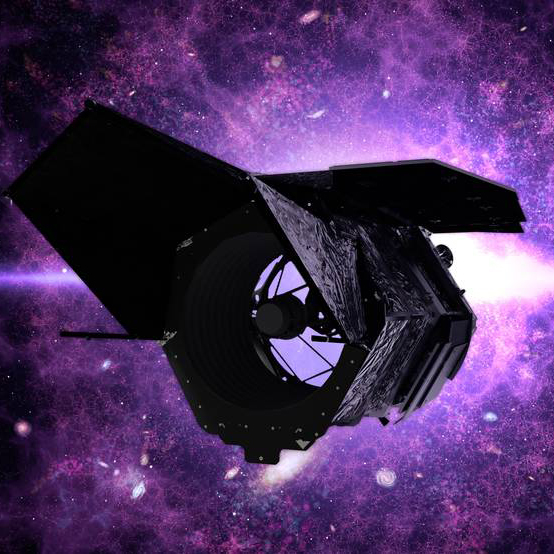From the James Webb Space Telescope...
NGC 346
This image shows a beautiful star cluster that's relatively close to Earth: just 200,000 lightyears away. (186,000 miles per second * number of seconds in a year * 200,000 years).
1 lightday is 16.1 billion miles. 1 light year is 5.8 trillion miles. Bring a lunch, as they say...
It can be found in the Small Magellanic Cloud, which is a satellite galaxy of our own Milky Way.
Webb data shows wisps of cosmic gas and dust: the very ingredients consumed by growing stars and planets during their formation.
Chandra's contribution to the image includes the large purple cloud on the left, which is the remnant of the supernova explosion of a massive star.
Chandra data also shows young stars, scorching hot, that are projecting powerful stellar winds outwards into space.

NGC 346
This image shows a beautiful star cluster that's relatively close to Earth: just 200,000 lightyears away. (186,000 miles per second * number of seconds in a year * 200,000 years).
1 lightday is 16.1 billion miles. 1 light year is 5.8 trillion miles. Bring a lunch, as they say...
It can be found in the Small Magellanic Cloud, which is a satellite galaxy of our own Milky Way.
Webb data shows wisps of cosmic gas and dust: the very ingredients consumed by growing stars and planets during their formation.
Chandra's contribution to the image includes the large purple cloud on the left, which is the remnant of the supernova explosion of a massive star.
Chandra data also shows young stars, scorching hot, that are projecting powerful stellar winds outwards into space.
Last edited:


